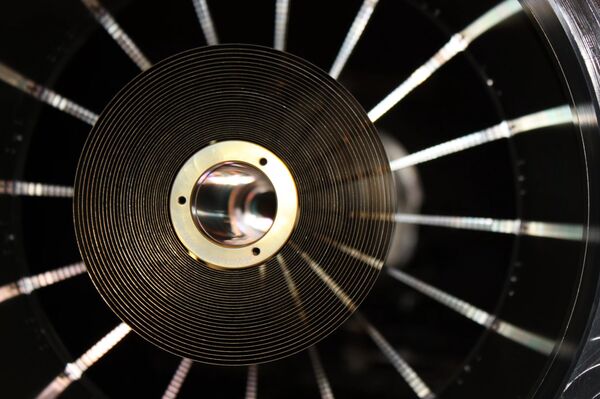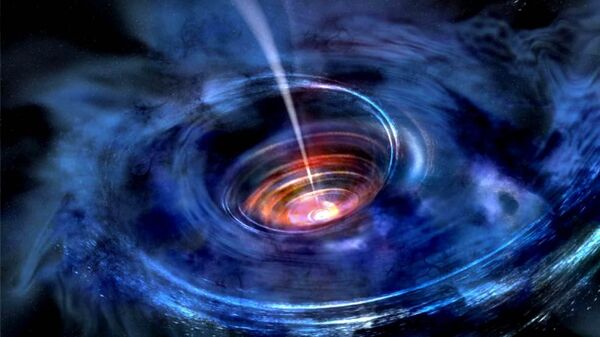"The aim of this observatory is very simple: to create a detailed map of the entire universe with millions of sources," Sunyaev said, RIA Novosti reported.
"One of the goals is that we will see at least three million supermassive black holes in the sky. We will put them on the map and people will know where the black holes are."
The space observatory is slated for launch from Baikonur in March 2018 aboard the Proton-M rocket, which will take 100 days to transport the satellite to its position 1.5 million kilometers from Earth at the second Lagrange point, or L2.

The observatory is fitted with two X-ray mirror telescopes, eROSITA and ART-XC, which detect X-rays in the energy range of 0.2 − 12.0 keV and 6 − 30 keV respectively.
A joint project between Roscosmos and the German Aerospace Center, Spektr-RG will perform the imaging all-sky survey in the medium energy X-ray range up to 10 keV with an unprecedented spectral and angular resolution.
"Both these telescopes have been stored for five months waiting for assembly at the NPO Lavochkin aerospace company. After final checks, they will be docked on the satellite and Russia will launch the satellite to the second Lagrange point – an area in which the Sun, Earth and Moon will always be on one side of the satellite," the scientist explained.
It is thought that black holes lie at the center of every galaxy, and the luminosity that comes from the accretion disk of cold dust and gas that surrounds them is an important cosmic X-ray source.
Spektr-RG will also carry out a detailed study of the physics of galactic X-ray sources like pre-main sequence stars, supernova remnants and X-ray binaries. The latter comprise a normal star and a collapsed star, a binary that gives off X-rays as gravity from the collapsed star attracts and heats material from the normal star.





